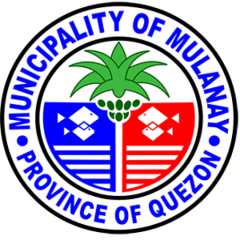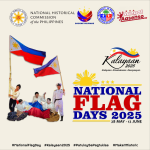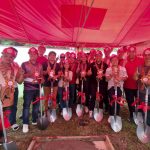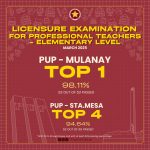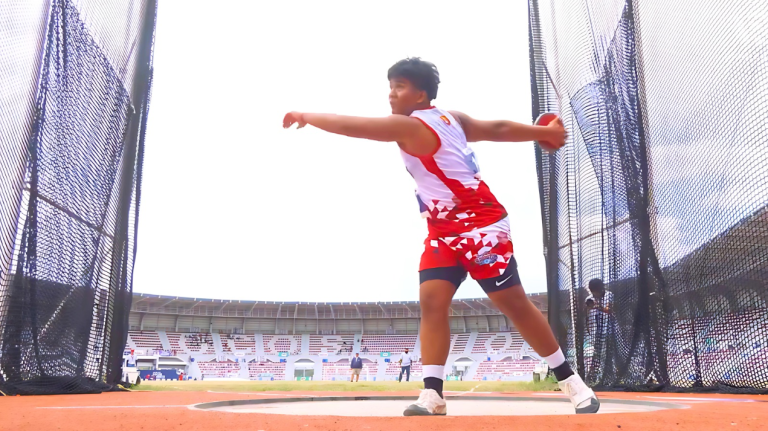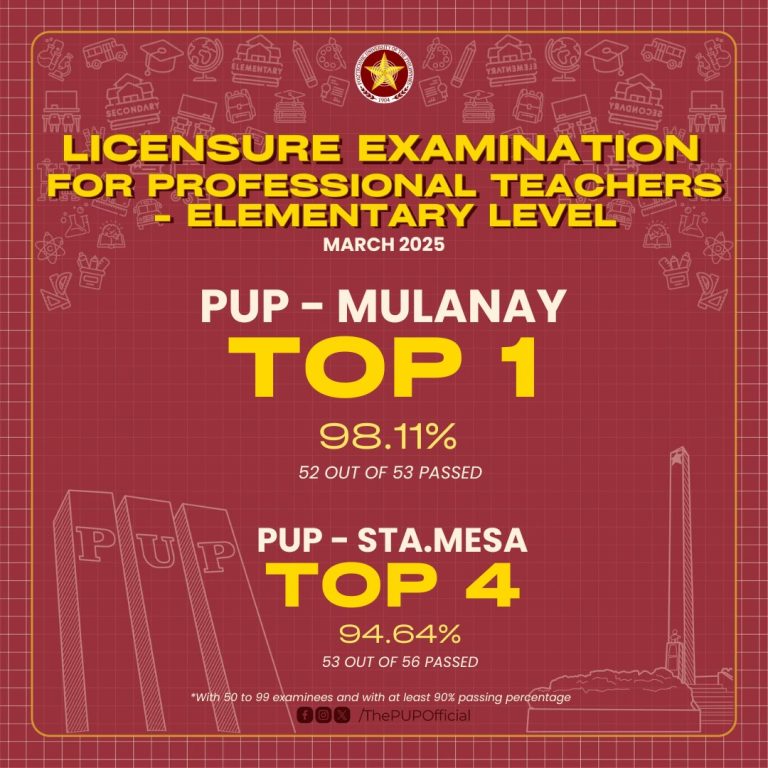Mulanay has a great potential in the heritage eco-tourism. The presence of the Kamhantik Archaeological Site, long beach, fish sanctuaries and other natural resources as well as Cocolunay Festivals and native food products will make Mulanay famous in this area.
- Mulanay Long Beach
Ibabang Yuni Long Beach is one of the growing tourist attractions in the municipality. It is a 30-minute ride from the town proper (Poblacion) and can be accessed by three (3) routes including service or contracted boat ride. Beyond its sheer beauty, the 10-kilometer stretch of the beach are a playground for outdoor enthusiasts and adventure seekers. The vast expanse of sand offers opportunities for a wide range of activities, from leisurely beach-combing and picnicking to thrilling water sports such as snorkeling, kayaking, and boat riding. Families can indulge in building sandcastles, playing beach volleyball, or simply splashing in the gentle waves. The opportunities for fun and recreation are boundless.
- Cocolunay Festival
Celebrating the town fiesta and patronal fiesta is part of Mulanay’s Cultural and Tourism Activities. This is celebrated through the famous COCOLUNAY Festival which highlighting the origin of the town and serves as a way of thanksgiving for the abundant harvest of coconut and its patron Saint Peter. A contest was held wherein the participants from clustered barangay in the municipality were dressed up with coconut materials, embroidered with different agri-products and painted with a native touch to accentuate the festival..
- Malaking Bato
The century old legendary boulder along the coast of Barangay Sta. Rosa which had been famous as a unique picnic spot among the residents and visitors alike. There is a story behind this magnificent boulder. Santa and Rosa are best friends. One day, they decided to play at the beach then suddenly, a heavy rain poured. There were thunderstorms too. Not knowing what to do, they just stayed at their place and hugged each other. Then a lightning stroke them. The two had never been found ever since. The people of their place got surprised when they saw a big rock at the sea. So, they named the place where the rock is, Santa Rosa.
- Buenavista Protected Landscape
The Buenavista Protected Landscape is a protected area covering approximately 5,753 hectares of land. It was established to conserve and protect the region’s biodiversity, ecosystems, and natural resources. The landscape includes various forest types, such as dipterocarp and molave forests, as well as grasslands and agricultural areas. Its mountain ecosystem is potential for hiking/trekking activities. It has natural spring which supplies potable water to the nearby community.
- Kamhantik Archaeological Site
The Kamhantik Archaeological Site is an ancient settlement within the Buenavista Protected Landscape. It is also known as the “Kamhantik Complex” or the “Excavation Area.” The site has gained attention due to the discovery of pre-colonial artifacts and structures, including terraces, burial jars, stone tools, and ceramics. These findings suggest that the area was inhabited by an ancient society dating back to the Metal Age. The Kamhantik Archaeological Site is significant because it provides insights into the history and culture of early Philippine civilizations. Excavations and research at the site have contributed to a better understanding of the region’s pre-colonial past.
- Mulanay St. Peter the Apostle Parish Church
Mulanay St. Peter the Apostle Parish Church, also known as Mulanay Church, is a Roman Catholic church located in the town of Mulanay, Quezon Province, in the Philippines. The church is dedicated to St. Peter the Apostle, who is considered the patron saint of fishermen and the Catholic Church.
The history of Mulanay Church dates back to the Spanish colonial period in the Philippines. The town of Mulanay was established as a separate municipality in 1860 and was originally the mother town of neighboring Municipality of Catanauan. The church was built to serve the growing Catholic community in the area.
Established in 1688 by Franciscan missionaries, its official beginnings as a parish would be in much later years, in 1835, while construction of the church started in 1861. The church was constructed using traditional Spanish architectural styles commonly seen in colonial-era churches in the Philippines. It features a stone facade, thick adobe walls, and a bell tower.
Over the years, the church has undergone several renovations and improvements to maintain its structure and preserve its historical significance. Despite these changes, the church has retained its original architectural charm and remains an important landmark in the town of Mulanay.
Potential Attractions in the Locality
| Barangay | Potential Attraction |
|---|---|
| Bgy. Buenavista Cambuga and Mabini | Buenavista Protected Landscape |
| Buenavista | Mt. Kamhantik Archaeological Site Off-Road Biking / ATV Extreme Cliff rock Climbing Nature Walk |
| Ajos | Snorkeling and Diving Site Beach Resort |
| Sta. Rosa | Snorkeling and Diving Site |
| San Isidro | Snorkeling and Diving Sites Mangrove Walk |
| Sagongon | Snorkeling and Diving Sites |
| Canuyep | Snorkeling and Dive Sites Mangrove Walk |
| Patabog | Mangrove Walk Snorkeling and Dive Sites |
| Ibabang Yuni | Beaches Mangrove Walk Snorkeling and Dive Sites |
| F. Nañadiego | Nature and Mountain Trekking |
| Bagupaye | Mountain Trekking Off-Road Biking / ATV |
| Patabog and Ibabang Yuni | Mountain Trekking Off-Road Biking / ATV |
| Poblacion 4 | Sunset Viewing at the Pier |
Mulanay Buenavista Protected Landscape
Covering the coastal areas of the municipality are mangrove forests located in the following barangays: Ajos, Sta. Rosa, Butanyog, San Isidro, Sagongon, Canuyep, Patabog, and Ibabang Yuni. Patches of Timberland areas are also found in the different barangays namely: Buenavista, Cambuga, Patabog, Ilayang Yuni, Ibabang Yuni, Butanyog and Latangan. There are two (2) Forest Resources available in the municipality; Timberland (Protected Landscape) and watershed. Proclamation No. 296 dated July 21, 1967 declared Barangay Buenavista as owner of 284.27 hectares of Timberland, and 26 hectares of watershed in Mulanay.
The Buenavista Protected Landscape (BPL), formerly known as the Buenavista Watershed Forest Reserve is among the major ecotourism draws of the province of Quezon.
The BPL, which was proclaimed by virtue of Presidential Proclamation No. 294 as a protected landscape under the NIPAS, spawns 284.27 hectares of land.
The area, situated at Sitio Kamhantik Barangay Buenavista, Mulanay, Quezon, is composed of grassland, patches of secondary-growth forest and coconut land. The areas of the grassland are covered/dominated by Cogon (Imperata cylindrica) and Talahib (Saccharum spontaneum). Hilly areas are mostly covered with seedlings and saplings of Kakawate, Ipil-ipil, Hauili, and other forestry pioneer species.

Plant Species found at Mulanay Buenavista Protected Landscape
A notable botanical discovery in the area is Strongylodon juangonzalezii or the Jade Vine, a new species identified in 2016. This species is remarkable for its dense inflorescence comprising 27–31 flowers per cluster on a lateral branch. The flowers exhibit a color transition from lilac when young to blue upon maturing. Currently, only two thriving lianas of this species are known within the protected landscape.
Additionally, a floral inventory conducted by the UPLB Museum of Natural History’s Botanical and Forestry Herbaria in February 2015 highlighted Mulanay’s rich tree biodiversity, earning it the moniker “Museum Municipality of Trees.”
| Common Name | Scientific Name | Common Name | Scientific Name |
|---|---|---|---|
| Duguan | Myristica philippinensis | Malapapaya | Polyscias nodosa |
| Bolong-eta | Diospyros philosanthera | Balobo | Diplodiscus paniculatus |
| Toog | Petersianthus quadrialatus | Malaikmo | Aglaia eximia |
| Kalumpit | Terminalia Microcarpa | Taluto | Pterocymbium tinctorium |
| Amugis | Koordersiodendron pinnatum | Jade Vine | Strongylodon juangonzalezii |
Animal Species found at Mulanay Buenavista Protected Landscape
The protected landscape provides habitat for various wildlife species, including monitor lizards, wild cats, hornbills, owls, wild doves, and bats. The area also serves as a stopover for migratory bird species such as the great egret, little egret, little heron, striated heron, plovers (Charadrius species), whimbrels, common redshanks, common greenshanks, common terns, and whiskered terns.
These findings underscore the ecological significance of the Buenavista Protected Landscape in conserving the Philippines’ biodiversity.
| Common Name | Scientific Name |
|---|---|
| Monitor Lizard | Varanus Salvator |
| Wild Cat | Palm Civet |
| Tarictic Hornbill | Tarictic Hornbill |
| Grass Owl | Tyto Capensis |
| Wild Dove | |
| White Bat | Albino Bat |
| Great Egret | Ardea alba |
| Striated Heron | Butorides striata |
| Plovers | Charadrius spp. |
| Whimbrel | Numenius phaeopus |
| Common Tern | Sterna hirundo |
